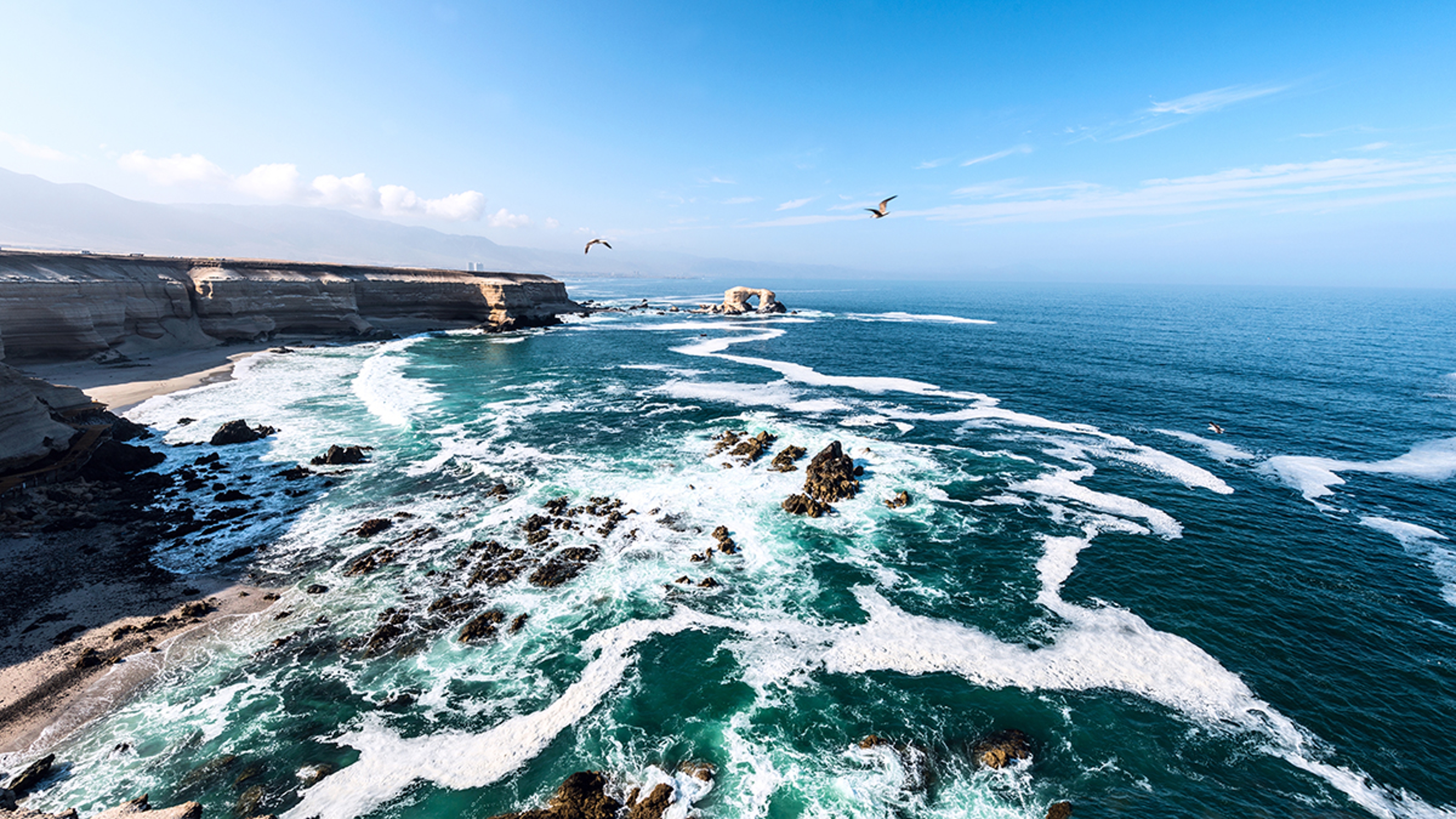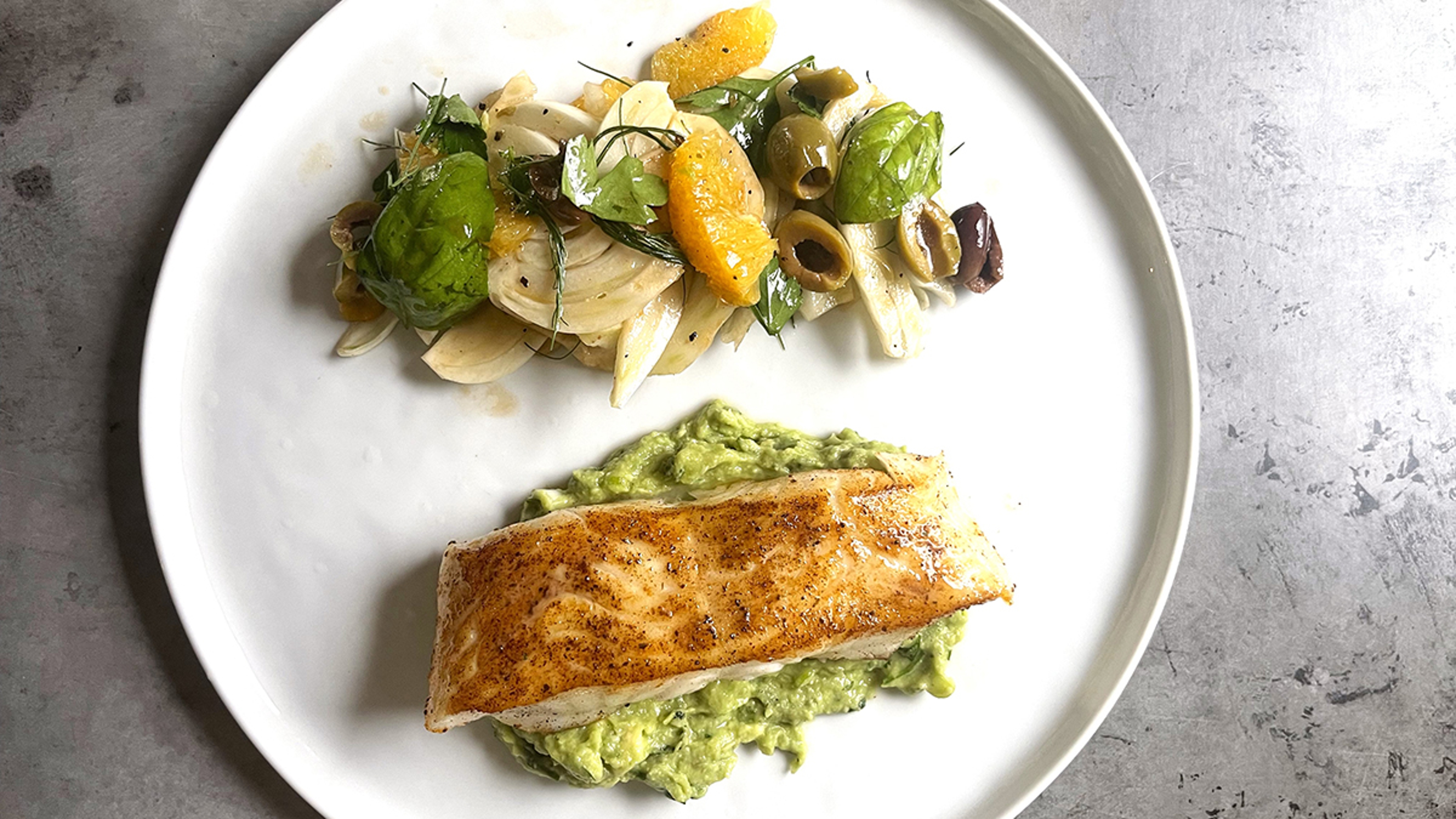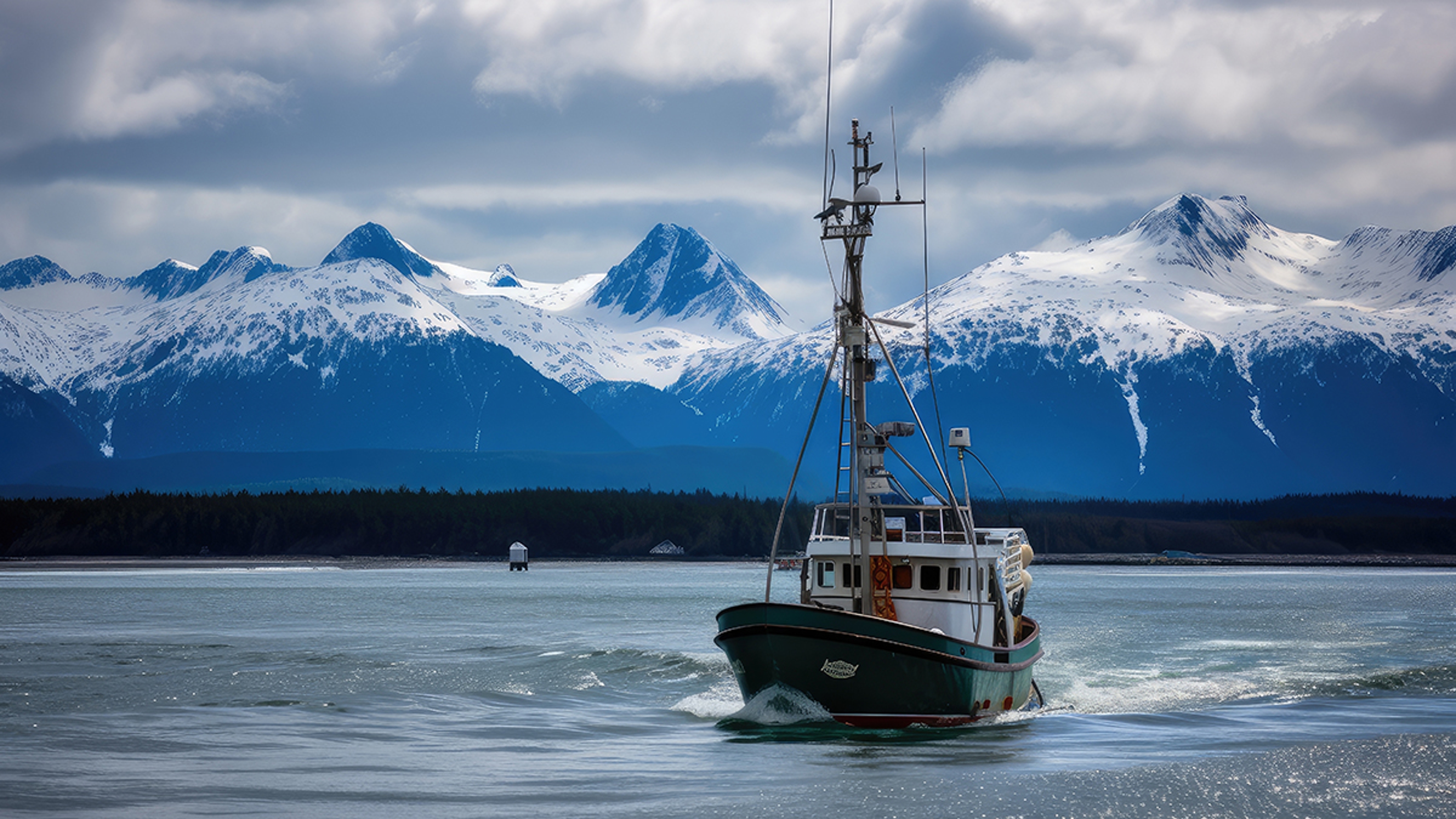All Your Questions About Chilean Seabass, Answered
Including whether it’s a type of bass at all.
Aug 14, 2025
The story of Chilean seabass will surprise seafood enthusiasts who pay top dollar for the experience of eating the buttery, flaky fish.
One of the most coveted — and tastiest — fish in the world, the Chilean seabass continues to impress in fine dining and home cooking for its unique flavor, impressive size, and culinary versatility. It’s certainly come a long way from when it was originally known as the decidedly less appetizing-sounding Patagonian toothfish.
So let’s take a deep dive into the complex history of the Chilean seabass and learn more about how this mouthwatering fish has undergone an extraordinary transformation from its humble origins and more Chilean seabass facts.
Where is Chilean seabass actually from?
Chilean seabass live in the southernmost waters of South America, including off the coast of Chile, as well as in the Southern Ocean and Ross Sea near Antarctica, where the bulk are caught. The Chilean sea bass is a deep lurker, usually found at depths of 1,000 to 11,000 feet in the cold water, deep-sea trenches near continental shelves. They will move to shallower waters to feed.

So, what do Chilean seabass eat?
Their diet mostly consists of squid, small fish, shrimp, and other crustaceans.
Is Chilean seabass even a type of bass?
Chilean seabass, as it turns out, is not actually a bass at all. (I know, I was just as disappointed as you are when I found out.) The black or brown fish is actually a kind of cod called Patagonian toothfish and is a member of the Nototheniidae family. Until 1977, the name “Chilean seabass” didn’t even exist and scientists called the fish by the less appealing names of Patagonian or Antarctic toothfish based on where they were found.
How did the Chilean seabass get its name?
What’s in a name? In the case of Chilean seabass, a lot! The name Chilean seabass is a pure marketing invention, and an extremely successful one at that. American fish wholesaler Lee Lantz first came into contact with the fish in Chile in 1977 and mistook it for a bass. He thought it had a mild, non-fishy taste that would appeal to American diners, and he renamed it to make it more appealing to the American market. He attached "Chilean" as an exotic alternative to the familiar-sounding type of American fish simply known as “bass.” The rebrand was a success, and the fish soon became beloved in high-end seafood restaurants around the United States, and the world.
What does Chilean seabass taste like?
Chilean seabass has a mild, buttery flavor with a dash of sweetness and umami that melts in your mouth. The fish has a smooth, silky consistency and firm, flaky white meat that's high in fat, which helps seal in the moisture while cooking. It is also a highly versatile fish, and pairs beautifully with many different spice combinations and sauces (we recommend a lemon butter sauce, salt and pepper crusted, or an Asian glaze) making it a first choice among seafood lovers.
What is the best way to cook Chilean seabass fillets?
The versatility of this fish lends itself to an almost endless number of preparations. Make ceviche. Broil steaks. Sear fillets in a pan. Try steaming, air frying, poaching, or simply baking it. The fish's firm texture holds up well to grilling, too.
RECIPE: Chilean Sea Bass with Avocado Mash and Citrus Fennel Salad
Its versatility makes it suitable for a wide range of recipes, including Asian-inspired dishes, Mediterranean-style preparations, or simply seasoned with herbs and citrus.
What are all the nutrients and minerals in Chilean seabass?
Where to start? Chilean seabass is a great source of protein, omega-3 fatty acids, vitamins, and minerals, especially vitamins D, B6, and B12. These nutrients have all sorts of health benefits. The omega-3 fatty acids support brain health and cognitive function. Vitamin D improves skin and hair, and is crucial for supporting healthy bones and muscles. Chilean seabass is also a modest calorie fish (just 125 calories in a 3.5-ounce fillet), which can help with weight maintenance.
How big can a Chilean seabass get?
Pretty darn big! Chilean seabass can grow to be 6 to 7 feet long and weigh over 250 pounds. However, the average size of commercially caught Chilean seabass is around 2.5 feet long and 20 pounds.
Is Chilean seabass an endangered species?
The short answer is no, but unreported catches from illegal fishing have made successful management a challenge. And while efforts to discourage illegal, unregulated, and unreported fishing of Chilean seabass are working, the species continues to be overfished in some areas. However, the United States works closely with Chile to verify that imported Chilean seabass has been legally caught and is appropriately documented.
How much Chilean seabass do we eat?
The U.S. is the largest market for the fish, importing about 10,000 tons of fresh and frozen Chilean seabass every year, which is about 15 to 20 percent of the global catch. The numbers don’t lie — Americans love Chilean seabass!









